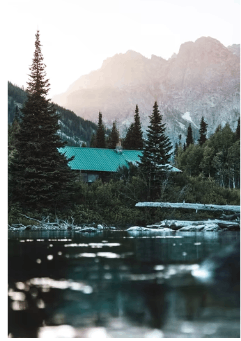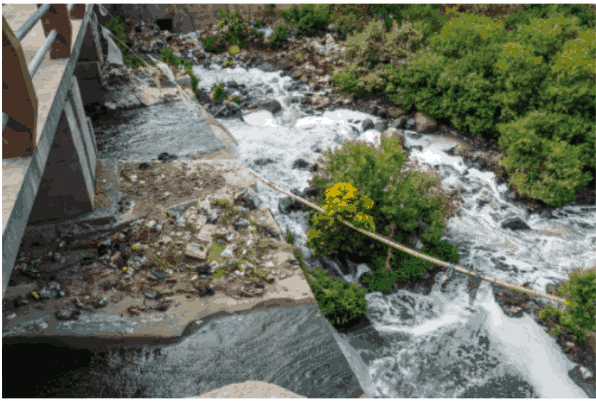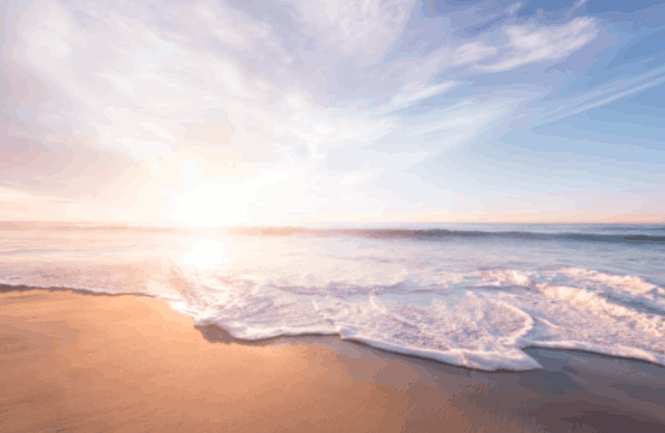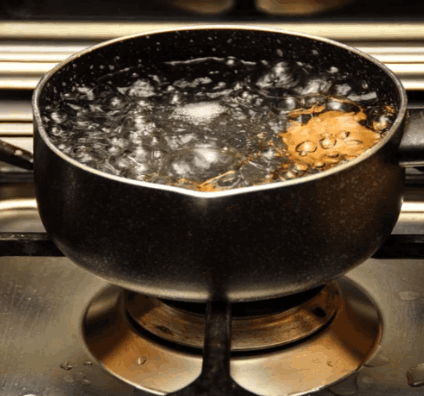Class 4 Evs Chapter 13 Questions and Answers - Free PDF Download
FAQs on NCERT Solutions For Class 4 Evs Chapter 13 A River's Tale - 2025-26
1. At Which Place and Why the Color of the River Changes.
At the place where the river begins, the colour of the water is crystal clear, the water is pure and blue. As soon as the water of the river reaches the city, the water becomes dirty and its colour changes from blue. This happens because the water of the rivers gets polluted, as the people of the city contaminate it by throwing waste materials and garbage in it. Even the waste from the sewage as well as the industries are dumped into the river and its water no more remains crystal clear.
2. Are the NCERT Solutions Class 4 EVS Chapter 13 Helpful for Exam Preparation?
Yes, the NCERT Solutions Class 4 EVS Chapter 13 are helpful for the exam preparation. These solutions are available in the PDF format and can be easily downloaded for free from Vedantu. The subject-matter experts at Vedantu have prepared these NCERT Solutions so students can understand the chapter thoroughly and prepare effectively for their exams.
3. Can I download Vedantu’s NCERT Solutions for Class 4 EVS Chapter 13 for offline use?
Vedantu NCERT Solutions for Class 4 EVS Chapter 13 are available for easy download:
Click on the link of NCERT Solutions for Class 4 EVS.
Click on Chapter 13.
Scroll down on the Solutions’ page and click the option to “Download PDF”.
The subsequent page will provide you with a link to start your download promptly.
Alternatively, you can also download these solutions from the Vedantu mobile app. Do remember that these solutions are free to download. Install the app on your phone to avail more such benefits.
4. What are the significant features of Vedantu’s NCERT Solutions for Class 4 EVS Chapter 13?
The NCERT solutions for this chapter provided free of cost by Vedantu are beneficial to the students because:
These solutions have been prepared by teachers of high calibre and long-term experience in teaching CBSE students.
These are the latest solutions that you can find online as they are regularly updated as per the CBSE guidelines.
The solutions are authentic and have been prepared to meet the CBSE guidelines.
Vedantu Solutions for EVS Chapter 13 use straightforward and uncomplicated language so that it is easily comprehensible by Class 4 students.
5. What is the theme of the chapter “A River’s Tale”?
"A Rivers Tale" revolves around the theme of the rivers of today. In this chapter, students learn the tragic effects of various human activities that lead to the pollution of our rivers. They are also taught the importance of rivers and the disastrous consequences that we may face if we keep polluting our rivers. Through various activities, this interactive chapter seeks students’ attention for this very important matter of environmental pollution and its consequences.
6. Why are there fewer fish in some parts of the river?
The chapter "A River’s Tale" enlists various causes and consequences of river pollution. One such consequence is the lack of oxygen for the fishes due to the river pollution in certain parts of the river, because of which fishes are not able to survive. If such water pollution continues in the rivers of our country, it is possible that many aquatic animals lose their lives. It can be seen that in rivers where there is not much pollution, aquatic life thrives, and one can find many fishes there.
7. What do you learn from the chapter “A River’s Tale" of Class 4 EVS?
"A River's Tale" makes the students aware of the ongoing water pollution that is happening around the world, especially in our rivers. It teaches them the importance of having clean rivers. It also teaches them how rivers are beneficial to us and what will happen if we continue letting the rivers get polluted. It has become of undue importance that the young generation today is aware of the damage done to the environment. This chapter makes the students environmentally conscious and aware.





























